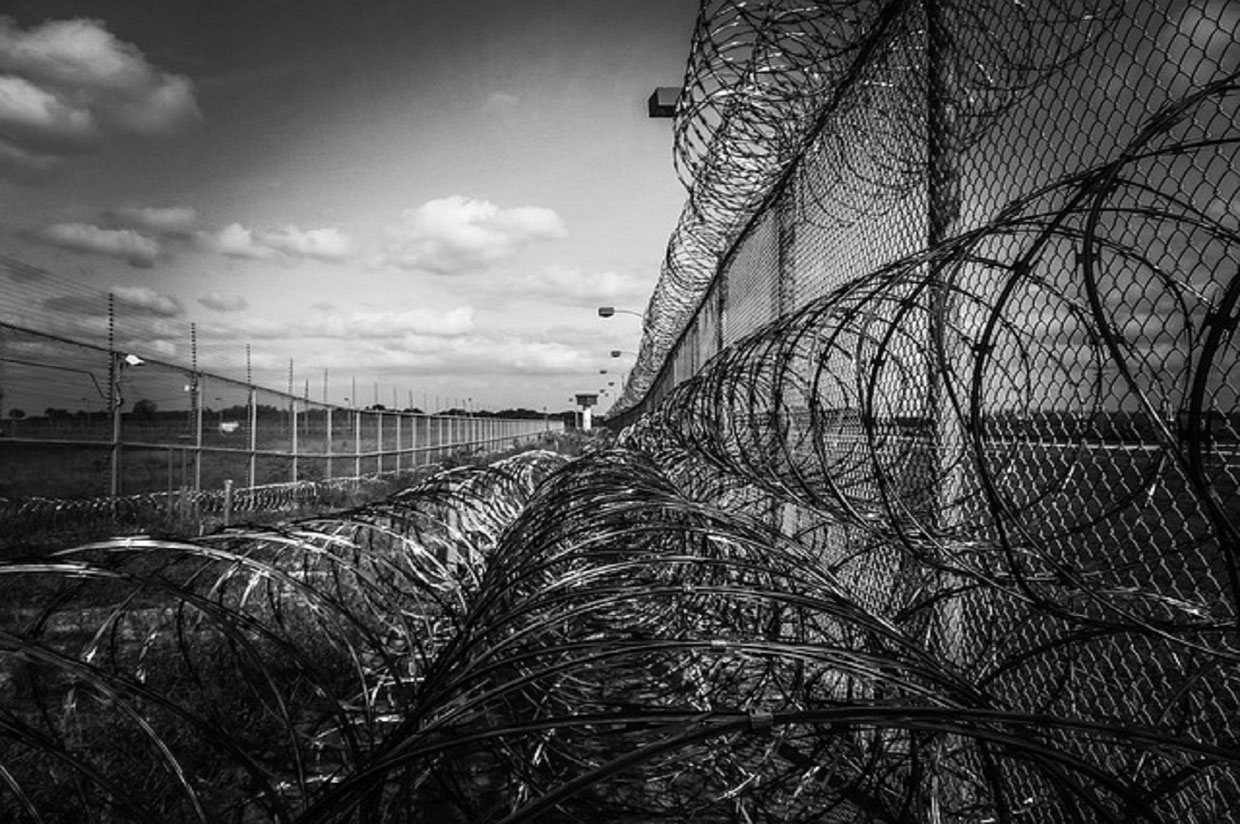Mass incarceration is becoming an increasingly vital topic in the political atmosphere of the United States, and for good reason.
Here are the statistics:

Currently the U.S. is the leader for incarceration in the world, with 698 out of every 100,000 residents imprisoned. This equates to 2.3 million people in 1,719 state prisons, 109 federal prisons, 1772 juvenile correctional facilities, 3163 local jails, and 80 Indian Country jails, not to mention military prisons, immigration detention facilities, civil commitment centers, state psychiatric hospitals, and prisons in the U.S. territories.
8% of prisoners are in privatized prisons, but the majority are in state or federal institutions. Despite only representing 13% of U.S. residents, Black Americans make up 40% of the incarcerated population. 70% of convictions in the U.S. lead to incarceration, much higher than that of other countries. A further 540,000 people are in pretrial detention. The detainees are not convicted, but cannot afford bail ($10,000 for felonies, 8 months income for the average incarcerated person). All told, the U.S. prison system is the 113th most overcrowded in the world with an occupancy level of 103.9%.
Work in prisons is compulsory, with little regulation, and incarcerated workers have little rights or protection. Federal prisoners are paid an average of $0.92 an hour, with some making as few as $0.23 an hour. On the staff side, budget cuts have shown a loss of 12% of the federal prison workforce from 2016 to 2018, causing forced overtime among other problems.
Aside from those imprisoned, 840,000 people are on parole, and 3.6 million on probation. All costs endured by both the government and families of those in the mass incarceration system total $182 billion every year.

Currently, nearly half of all individuals released from federal prisons are rearrested within eight years of their release, and around half of those rearrested are sent back to jail. Individuals younger than 21 who are released from federal prison are rearrested at the highest rates of any age group. Within this demographic, individuals who did not complete high school were rearrested at a rate of 60.4%, even higher. Those within the age group who had a college degree were only rearrested at a rate of 19.1%. For the former group, as of 2016, only 35% of state prisons provided college level courses, and the programs themselves only serve 6% of incarcerated individuals nationwide.
A study on the effectiveness on incarceration states that the most obvious concern [with incarceration is] that characteristics that are unobserved to the researcher that indicate someone is more likely to commit a violent act in the future are used by judges to sentence people to prison rather than probation.
On top of these biases that exist within the legal system without proper research or care to the experience of the ex-incarcerated individual, Gottschalk and Western contributed to a landmark report on mass incarceration listing several fundamental gaps in official statistics about U.S. prison conditions. No comprehensive data is routinely collected on the basic nature of the prison experience, which could serve to help improve conditions in the future. Housing blocks, cell sizes, solitary confinement, lengths of stay and degree of isolation, out-of-cell and recreation time allowed, nature of property the prisoners are allowed to keep, ability to participate in education, counseling, treatment, and statistics about labor are all statistics that need to be recorded in the future to help make a stride in improving these conditions.

